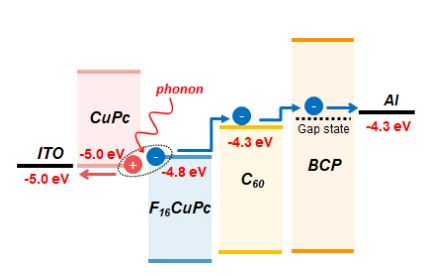2024-09-19 ロスアラモス国立研究所(LANL)
新しい研究によると、気候変動と気温上昇により、熱帯地域での植物の水輸送システム(ハイドリックシステム)の故障が増加することが予測されています。植物が根から吸収する水分よりも蒸散(葉からの水分の放出)で失われる水分の方が多くなり、植物内部の水の流れがうまくいかなくなる現象で、この現象は植物の枯死や植生の入れ替わりを引き起こし、より耐乾性のある種が森林を支配するようになります。研究では、FATES-HYDROモデルを使用してリスクを評価し、長期的には森林の減少が大気中の炭素貯蔵に影響を与えることが示されています。
<関連情報>
- https://discover.lanl.gov/news/0919-hydraulic-failure/
- https://nph.onlinelibrary.wiley.com/doi/10.1111/nph.19956
将来の気候は湿潤熱帯林の水力破壊のリスクを倍増させる Future climate doubles the risk of hydraulic failure in a wet tropical forest
Zachary Robbins, Jeffrey Chambers, Rutuja Chitra-Tarak, Bradley Christoffersen, L. Turin Dickman, Rosie Fisher, Alex Jonko, Ryan Knox, Charles Koven, Lara Kueppers, Nate McDowell, Chonggang Xu
New Phytologist Published: 18 July 2024
DOI:https://doi.org/10.1111/nph.19956

Summary
- Future climate presents conflicting implications for forest biomass. We evaluate how plant hydraulic traits, elevated CO2 levels, warming, and changes in precipitation affect forest primary productivity, evapotranspiration, and the risk of hydraulic failure.
- We used a dynamic vegetation model with plant hydrodynamics (FATES-HYDRO) to simulate the stand-level responses to future climate changes in a wet tropical forest in Barro Colorado Island, Panama. We calibrated the model by selecting plant trait assemblages that performed well against observations. These assemblages were run with temperature and precipitation changes for two greenhouse gas emission scenarios (2086–2100: SSP2-45, SSP5-85) and two CO2 levels (contemporary, anticipated).
- The risk of hydraulic failure is projected to increase from a contemporary rate of 5.7% to 10.1–11.3% under future climate scenarios, and, crucially, elevated CO2 provided only slight amelioration. By contrast, elevated CO2 mitigated GPP reductions. We attribute a greater variation in hydraulic failure risk to trait assemblages than to either CO2 or climate.
- Our results project forests with both faster growth (through productivity increases) and higher mortality rates (through increasing rates of hydraulic failure) in the neo-tropics accompanied by certain trait plant assemblages becoming nonviable.



